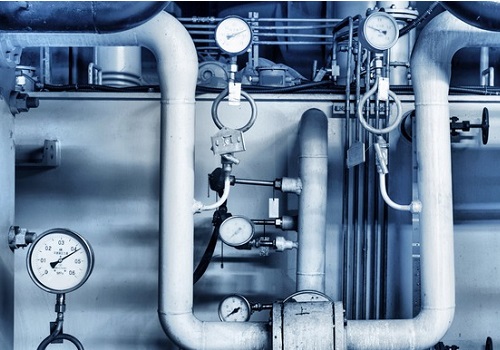Manometer is one of the earliest types of pressure measuring instruments and it is still widely used. This pressure measuring device is incredibly accurate and has a very simple operation. The manometer is able to measure atmospheric pressure, liquid or gas pressure and other types of pressures, as there are plenty of types. The two most common types of manometers are:

- digital
- mercurial manometer.
A mercurial (or mercury) manometer is simple and easy to use pressure measuring device. It is a simple vertical glass or plastic tube filled with mercury in liquid state, which is used to measure pressure. The tubing is closed at one end and the mercury is placed at the other, the open end. Then, the tubing is bent into a U-shape, with both ends at the top of the U.
Today there are open and closed versions. The closed-tube manometers have a vacuum above the mercury liquid in the closed end and the open-tube manometers are open to air. While open-type manometers are used for measuring pressure differences between room air and the gas being sampled, closed-type measuring devices are used for measuring the absolute pressure of the sampled gas by the mercury height in the tubing glass.
The working principle of mercury manometer has been used in the early days of physics research. Despite it measures using units of millimeters of mercury (mm Hg), this device is still widely used. 1 mm Hg is equal to 1 torr, a modern name for pressure measurements. The mercury manometer requires a regular maintenance, as the mercury vaporizes and oxidizes because of the air. Before using mercury manometers, users need to check if the liquid is compatible with the gas that will be measured.
For modern and more complex pressure measurement, the digital manometer is a better choice. This type of manometer is used for measuring a variety of pressures, including blood pressure. This manometer works by measuring and comparing the weights of gases or fluids between two different pressures. Equipment that relies on a liquid or a gas to run properly requires an accurate amount of pressure.
The digital manometer measures in terms of pounds per square inch (PSI) and displays the readings digitally. Typically, these devices operate within specific ranges of pressure and temperature. Digital manometers units can report positive, negative and differential measurements between pressures. The scientific principle of fluid displacement the digital manometer uses is simple, but highly accurate. This principle has been reproduced electronically and it has been so improved that these devices can be used to calibrate highly advanced equipment.





















